In the intricate world of digital marketing, Pay-Per-Click (PPC) campaigns are often the pulse that drives potential customers to websites. Yet, what happens after the click—the post-click experience—holds the true potential to convert visits into valuable actions. This critical phase hinges on the effectiveness of PPC landing pages, whose design and content can make or break the desired conversion outcomes.
Crafting Winning PPC Landing Pages
PPC landing pages serve a specialised function distinct from other pages on a website. They are designed to fulfill the promises made in PPC ads, creating a seamless transition from ad to action. These pages typically feature minimal distractions and are finely tuned to guide visitors toward a specific conversion goal, such as signing up for a newsletter, making a purchase, or filling out a contact form.
However, creating an effective PPC landing page goes beyond just simplifying the design or parroting ad copy. To truly excel, these pages must be crafted with precision and strategic insight. For example, aligning the headline of the page (H1) with the key message of the PPC ad can significantly enhance conversion rate optimization (CRO). This alignment ensures that the messaging is consistent and immediately recognizable to the visitor, thereby reducing bounce rates and increasing the likelihood of conversion (Search Engine Land).
Beyond Basics: Deepening Engagement
While basic optimizations like button placement and font size are important, they alone are not enough to significantly lift conversion rates to the top tier. Top-performing landing pages often achieve conversion rates that are three to five times higher than the average by employing more substantial changes. These can include unique and compelling offers that are directly tailored to the target audience, rather than generic promotions that visitors might encounter elsewhere (Search Engine Land).
Depth and interactivity also play crucial roles in the effectiveness of PPC landing pages. Depth ensures that the content provided is substantial and directly relevant to the user’s needs, potentially through multi-step landing pages that allow users to delve deeper into content and offers. Interactivity, such as videos or interactive diagrams, can further engage visitors and lead them toward the conversion goal, enhancing the user experience and bolstering engagement (Search Engine Land).
Industry Insights and Strategic Execution
Industry benchmarks reveal that while average conversion rates vary, the highest performing landing pages consistently outpace their peers. E-commerce and finance sectors, for example, show significant disparities in conversion rates, underscoring the importance of industry-specific strategies (Search Engine Land).
Strategically, handling PPC landing pages from an SEO perspective involves nuanced tactics like creating them on a subdomain or marking them as noindex to prevent them from affecting the overall site performance negatively. This separation ensures that PPC pages are optimised for conversion without diluting the SEO effectiveness of the main site (Search Engine Land).
Conclusion: The Critical Nature of PPC Landing Pages
The evolution of PPC landing pages reflects broader trends in digital marketing, where user experience and targeted content reign supreme. As businesses strive to maximise their digital ad spend, refining the post-click experience is not just beneficial—it’s essential. By understanding the unique demands of PPC landing pages and implementing best practices, marketers can significantly enhance their campaign effectiveness, leading to better conversion rates and higher ROI.









